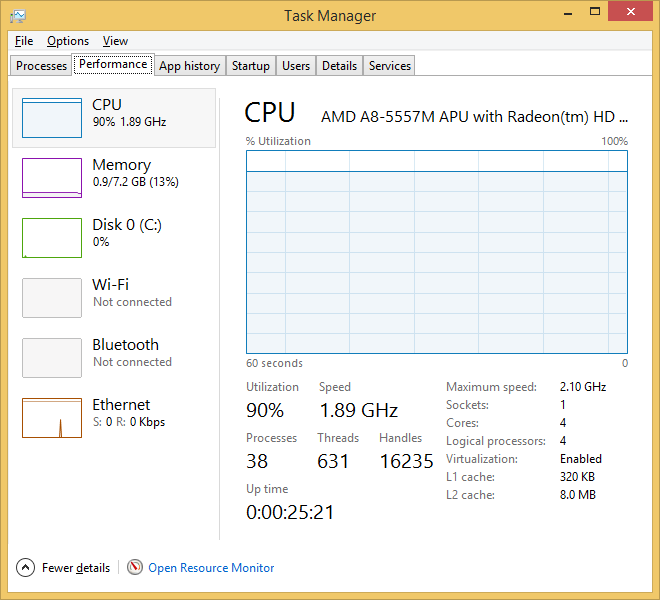

Designs based on the architecture have maintained the standard 30-pin layout. Common to all the designs is the base ESP8266 core. The NodeMCU is available in various package styles.

For example, most Arduino boards do not have WiFi capabilities, and some even have a serial data port instead of a USB port. However, the flexibility of Arduino also means significant variations across different vendors. There is an Arduino reference design for the ESP8266 chip as well. But unlike NodeMCU, the Arduino board can have different types of CPU chips (typically an ARM or Intel x86 chip) with memory chips, and a variety of programming environments.

It also defines standard interfaces to interact with sensors or other boards. Similar to NodeMCU, the Arduino hardware is a microcontroller board with a USB connector, LED lights, and standard data pins. It is a huge burden for hobbyists, hackers, or students who want to experiment with it in their own IoT projects.īut, what about Arduino? The Arduino project created an open-source hardware design and software SDK for their versatile IoT controller. This level of integration is not a problem using the ESP8266 as an embedded controller chip in mass-produced electronics. You also have to program it in low-level machine instructions that can be interpreted by the chip hardware. You must solder wires, with the appropriate analog voltage, to its pins for the simplest tasks such as powering it on or sending a keystroke to the “computer” on the chip. However, as a chip, the ESP8266 is also hard to access and use. That makes it an excellent choice for Internet of Things (IoT) projects of all kinds. The ESP8266, designed and manufactured by Espressif Systems, contains the crucial elements of a computer: CPU, RAM, networking (WiFi), and even a modern operating system and SDK. The NodeMCU ( Node Micro Controller Unit) is an open-source software and hardware development environment built around an inexpensive System-on-a-Chip (SoC) called the ESP8266.


 0 kommentar(er)
0 kommentar(er)
